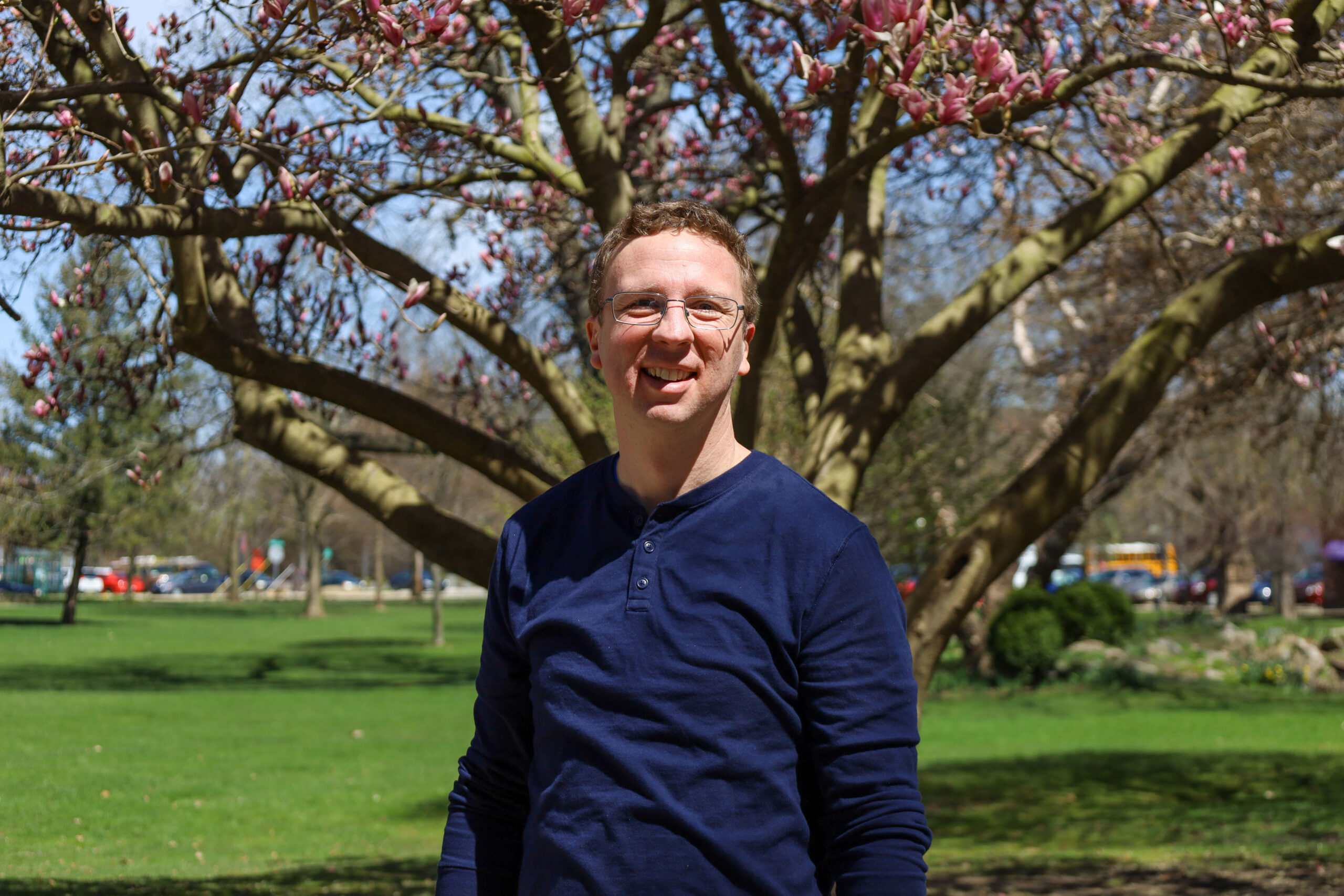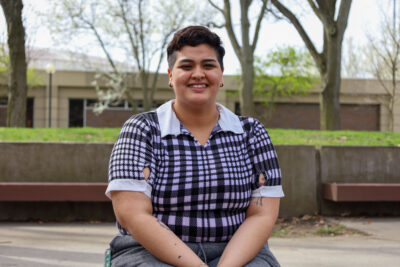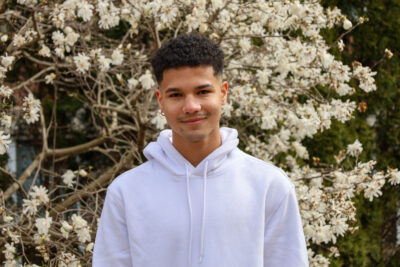I recently attended the first women’s home volleyball game of the new school year. In my eagerness to see our team in action I temporarily forgot that the national anthem would be part of the opening game rituals. As the playing of the anthem was announced I felt a jolt and then experienced a series of dissonant thoughts. I could appreciate the elegant setting by the Slovak composer Peter Breiner, who was commissioned to arrange the national anthems for the 2004 Athens Olympics and was criticized by some for the lack of bombastic flair in his handing of the Star Spangled Banner. As I stood, however, I felt a familiar dismay at this change in historical practice and philosophical stance at Goshen College.
Each one of us has a story leading to distinct reactions on the anthem issue. Mine includes Mennonite grandparents so concerned about the emerging affiliation between sports and nationalism that they did not allow their children to participate in school athletics. My parents, uncles and aunts broke away from the rigidness of this and other practices but expected that Mennonite institutions would stay meaningfully distinctive with rituals surrounding organized sports and other endeavors. I share this expectation and want deeply for Goshen College to send a counter-cultural message to the overwhelming militaristic and nationalistic powers around us. Not playing the anthem was one key way to bring witness to Jesus’ radical example of challenging these powers.During the opening ritual at the volleyball game, the flow from anthem to peace prayer of St. Francis accentuated my discomfort. Last year I helped write a letter from some faculty and staff to the President’s Council expressing dissent on the anthem decision while simultaneously accepting the reality of the new practice by urging the pairing of the anthem with a consistent peace statement. As I listened to the enactment of this pairing, however, I felt self-conscious. The proud strains of the anthem and the gentle humility of the words of Francis of Assisi seemed in sharp conflict. How were those in attendance, especially our guests, experiencing this paradoxical ritual?
The dissonance I felt also stems from process concerns; I wish the discussion about the anthem had been more thorough and inclusive before making a decision. Soon we will have a broader conversation about whether or not the practice will continue after one year. As the next part of the Goshen College anthem story unfolds we have much to learn from gathered information and wisdom.
While watching the talent of the GC women at the game I found myself thinking: I do live in this country after all, and I benefit from its appalling military-industrial complex in ways both known and unknown to me. Maybe I need to experience the dissonance of the national anthem at an institution where I don’t think it belongs in order to be more accountable. I wonder if repeated exposure to the tension of the new ritual, whether for a year’s time or longer, will contribute to an empowering or numbing effect on our community’s commitment to peacemaking. Whatever the case, in that moment the paradox made one Christ-follower more aware of some of the dissonance in her own life.
In my teaching I encourage students to lean into and relish dissonant moments in music. Most, but not all, dissonances lead to resolution. I hope to better understand dissonances beyond music, what they communicate about our values, and whether they should be left in place or resolved with care.


